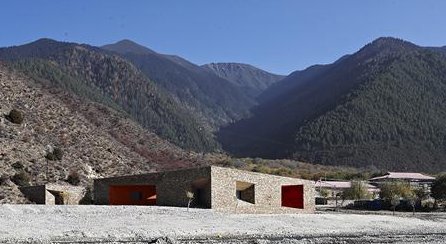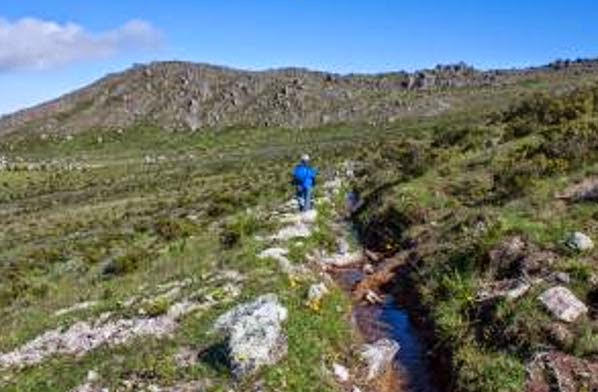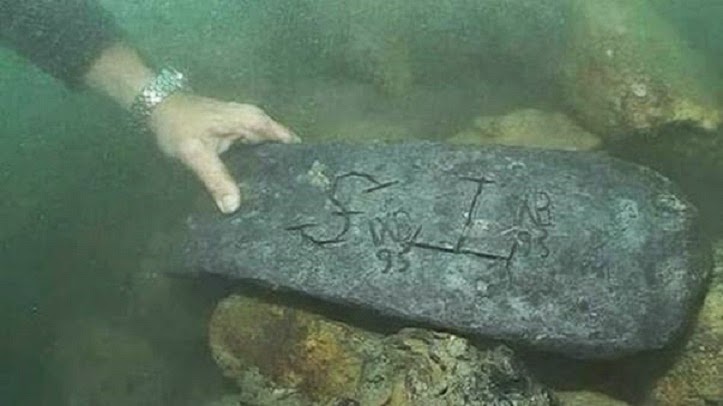Sew La Ti Embroidery [Search results for river]
The centre for visitors on the bank of the mountain river

Heritage: Silver rush eats away at 2,000-year-old Indo-Scythian city in Pakistan

The passing-out ball: End-of-year celebrations prove a little TOO much for some Cambridge students
Heritage: Dating, understanding and appreciating the Aboriginal Rock Art of the Kimberley

Laura Kaeppelar was crowned Miss Wisconsin 2011

UK: UK marks 800th anniversary of Magna Carta

Natural Heritage: Pre-Inca canals may solve Lima's water crisis

Near East: Historic castle in southeast Turkey to be restored

Lost tribe of 200 found in Amazon spotted by satellite

Heritage: Egyptian mummy found at French dump to go on display

Sudan: Sudan's pyramids, nearly as grand as Egypt's, go unvisited

The Guggenheim Museum [Bilbao, Spain]
![The Guggenheim Museum [Bilbao, Spain]](https://blogger.googleusercontent.com/img/b/R29vZ2xl/AVvXsEii6IEHvRjz7fD4czrkHikta3atnsgpFvSJQJTOasX2BzQ0DDqMQmn5i0EgJ-x0xdTBlCa2kGkRZCdQ-3rahb05HgzSz9cxhHNudG_6Jctxe3GLOeGqplt3Ym8D0YLuNhQbUng1MsWruxBs/s800/Guggenheim-Museum.jpg)
National Ecological Institute in South Korea
Near East: ISIS sets eyes on Syrian site of Palmyra

Park of the United Nations
UNEARTH turns Darkness Into Light

Flaunt it Like Nelly Would....
Heritage: Taxila, the lost civilisation

Madagascar: Explorers say pirate Captain Kidd's treasure found in Madagascar

Italy: Restoration of Sicily’s Selinunte nears completion





